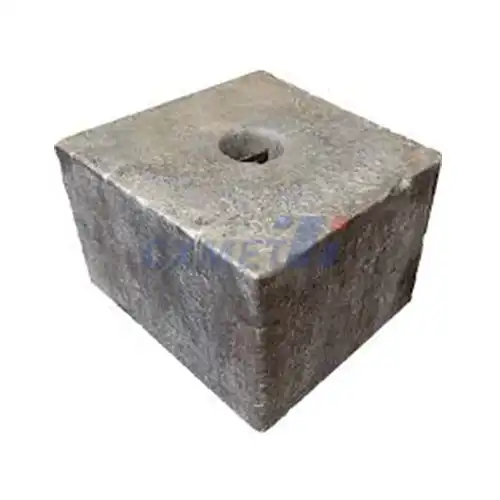- English
- French
- German
- Portuguese
- Spanish
- Russian
- Japanese
- Korean
- Arabic
- Greek
- German
- Turkish
- Italian
- Danish
- Romanian
- Indonesian
- Czech
- Afrikaans
- Swedish
- Polish
- Basque
- Catalan
- Esperanto
- Hindi
- Lao
- Albanian
- Amharic
- Armenian
- Azerbaijani
- Belarusian
- Bengali
- Bosnian
- Bulgarian
- Cebuano
- Chichewa
- Corsican
- Croatian
- Dutch
- Estonian
- Filipino
- Finnish
- Frisian
- Galician
- Georgian
- Gujarati
- Haitian
- Hausa
- Hawaiian
- Hebrew
- Hmong
- Hungarian
- Icelandic
- Igbo
- Javanese
- Kannada
- Kazakh
- Khmer
- Kurdish
- Kyrgyz
- Latin
- Latvian
- Lithuanian
- Luxembou..
- Macedonian
- Malagasy
- Malay
- Malayalam
- Maltese
- Maori
- Marathi
- Mongolian
- Burmese
- Nepali
- Norwegian
- Pashto
- Persian
- Punjabi
- Serbian
- Sesotho
- Sinhala
- Slovak
- Slovenian
- Somali
- Samoan
- Scots Gaelic
- Shona
- Sindhi
- Sundanese
- Swahili
- Tajik
- Tamil
- Telugu
- Thai
- Ukrainian
- Urdu
- Uzbek
- Vietnamese
- Welsh
- Xhosa
- Yiddish
- Yoruba
- Zulu
How to Store Nickel-Chromium Alloy Welding Wire Properly?
2024-10-10 17:32:27
Proper storage of nickel-chromium alloy welding wire is crucial for maintaining its quality and ensuring optimal welding performance. This specialized wire, known for its excellent corrosion resistance and high-temperature strength, requires careful handling and storage to preserve its unique properties. In this blog post, we'll explore the best practices for storing nickel-chromium alloy welding wire, addressing common concerns and providing expert advice to help you maintain your welding supplies in top condition.
What are the ideal storage conditions for nickel-chromium alloy welding wire?
Creating the perfect storage environment for nickel-chromium alloy welding wire is essential to prevent degradation and ensure consistent welding quality. The ideal storage conditions focus on three main factors: temperature, humidity, and cleanliness.
Temperature control is paramount when storing nickel-chromium alloy welding wire. The recommended temperature range is between 50°F and 70°F (10°C to 21°C). This moderate temperature helps prevent thermal stress on the wire, which could lead to changes in its mechanical properties. Extreme temperature fluctuations can cause condensation, potentially leading to oxidation or corrosion of the wire surface. To maintain a stable temperature, consider using a climate-controlled storage area or a dedicated storage cabinet with temperature regulation capabilities.
Humidity is another critical factor in the proper storage of nickel-chromium alloy welding wire. The ideal relative humidity should be kept below 50%. High humidity levels can lead to moisture absorption, which may result in hydrogen embrittlement or porosity in the weld. To combat excess humidity, use desiccant packets or dehumidifiers in your storage area. These tools help absorb moisture from the air, creating a drier environment that protects the wire from potential damage.
Cleanliness is the third pillar of proper storage for nickel-chromium alloy welding wire. The storage area should be free from dust, dirt, and other contaminants that could compromise the wire's surface quality. Consider using sealed containers or plastic bags to protect the wire from environmental pollutants. Before placing the wire in storage, ensure that the packaging is intact and free from tears or holes that could allow contaminants to enter.
In addition to these primary factors, it's important to consider the physical storage setup. Store the wire spools or packages in an upright position to prevent deformation. If possible, use shelving units or racks designed specifically for welding wire storage. This not only helps organize your supplies but also minimizes the risk of physical damage to the wire.
How does improper storage affect the quality of nickel-chromium alloy welding wire?
Improper storage of nickel-chromium alloy welding wire can have significant detrimental effects on its quality and performance. Understanding these potential issues is crucial for welders and fabricators who rely on this specialized material for their projects. Let's delve into the various ways improper storage can impact the wire and the consequences it can have on welding outcomes.
One of the primary concerns with improper storage is exposure to moisture. Nickel-chromium alloy welding wire is particularly susceptible to moisture absorption, especially when stored in high-humidity environments. When the wire absorbs moisture, it can lead to several problems during the welding process. The most immediate issue is the formation of porosity in the weld. As the moisture-laden wire is heated during welding, the water rapidly vaporizes, creating tiny bubbles or pores in the weld metal. These pores weaken the structural integrity of the weld, potentially leading to failures in critical applications.
Moreover, moisture absorption can contribute to hydrogen embrittlement. This phenomenon occurs when atomic hydrogen diffuses into the metal, causing it to become brittle and prone to cracking. In nickel-chromium alloys, which are often used in high-stress applications, hydrogen embrittlement can be particularly dangerous, leading to unexpected failures long after the welding process is complete.
Temperature fluctuations during storage can also adversely affect the wire's quality. Extreme temperature changes can cause the wire to expand and contract repeatedly, potentially altering its mechanical properties. This thermal cycling can lead to changes in the wire's tensile strength, ductility, and overall performance characteristics. In severe cases, it may even cause the wire to become brittle or develop micro-cracks, compromising its ability to produce sound welds.
Exposure to contaminants is another significant concern with improper storage. Dust, dirt, oil, and other environmental pollutants can accumulate on the wire's surface if it's not properly protected. These contaminants can introduce impurities into the weld pool, leading to inclusions, poor fusion, and ultimately, weaker welds. In industries where weld quality is critical, such as aerospace or nuclear power, these impurities can have serious consequences, potentially leading to component failures or safety hazards.
Oxidation is a particular problem for nickel-chromium alloy welding wire when improperly stored. While these alloys are known for their corrosion resistance, prolonged exposure to oxygen, especially in the presence of moisture, can lead to surface oxidation. This oxidation layer can interfere with arc stability during welding, resulting in erratic performance and inconsistent weld quality. In extreme cases, heavily oxidized wire may need to be discarded, leading to unnecessary waste and increased costs.
Physical damage to the wire is also a concern with improper storage. If spools or packages are not stored correctly, they may be subjected to crushing, bending, or impact damage. This can lead to kinks or deformations in the wire, which can cause feeding problems in welding equipment. Inconsistent wire feed can result in arc instability, uneven weld beads, and increased spatter, all of which compromise weld quality and efficiency.
The chemical composition of nickel-chromium alloy welding wire is carefully balanced to provide specific performance characteristics. Improper storage, particularly in environments with corrosive fumes or chemicals, can potentially alter this delicate balance. While the effects may not be immediately apparent, they can manifest during welding as unexpected changes in arc behavior, weld metal properties, or post-weld performance.
What are the best practices for long-term storage of nickel-chromium alloy welding wire?
Long-term storage of nickel-chromium alloy welding wire requires careful planning and execution to maintain the wire's quality and performance characteristics over extended periods. Whether you're a welding supply distributor, a large-scale fabrication shop, or a hobbyist with excess inventory, implementing best practices for long-term storage is crucial. Let's explore the key strategies and techniques to ensure your nickel-chromium alloy welding wire remains in optimal condition for future use.
First and foremost, selecting the right storage location is paramount. The ideal long-term storage area should be indoors, away from direct sunlight, and protected from the elements. Sunlight exposure can cause temperature fluctuations and potentially degrade the wire's packaging, leading to premature aging or contamination. Choose a dedicated storage room or area that can be easily monitored and controlled.
Climate control is a critical aspect of long-term storage. Invest in a reliable HVAC system that can maintain a consistent temperature and humidity level year-round. As mentioned earlier, the optimal temperature range for storing nickel-chromium alloy welding wire is between 50°F and 70°F (10°C to 21°C). For humidity, aim to keep levels below 50% relative humidity. Consider installing temperature and humidity monitoring devices to track conditions over time and alert you to any deviations from the ideal range.
To further combat moisture, which is one of the biggest threats to welding wire quality, employ additional dehumidification measures. Use industrial-grade dehumidifiers in the storage area to actively remove excess moisture from the air. Additionally, place desiccant packets or moisture-absorbing materials near the stored wire to provide an extra layer of protection. These desiccants should be checked and replaced regularly to ensure they remain effective.
Proper packaging plays a crucial role in long-term storage. Ensure that all nickel-chromium alloy welding wire is stored in its original, unopened packaging whenever possible. The manufacturer's packaging is designed to protect the wire from environmental factors and often includes moisture barriers and oxygen absorbers. If you need to repackage wire for any reason, use high-quality, moisture-resistant materials such as vacuum-sealed bags or airtight containers with desiccant packs included.
For bulk storage of wire spools, consider using specialized welding wire storage cabinets. These cabinets are designed to provide an extra layer of protection against environmental factors and often include features like rubber seals, lockable doors, and even built-in dehumidification systems. While more expensive than standard shelving, these cabinets can significantly extend the storage life of your welding wire and protect your investment.
Implement a robust inventory management system to track the age and condition of your stored wire. Use clear labeling that includes the wire type, batch number, date of manufacture, and date of storage. This information is crucial for maintaining a first-in, first-out (FIFO) rotation system, ensuring that older wire is used before newer stock. Regular inventory checks should be conducted to inspect the condition of the wire and its packaging, allowing you to identify and address any issues before they become serious problems.
For very long-term storage (over a year), consider implementing a "rejuvenation" process for your nickel-chromium alloy welding wire. This involves carefully removing the wire from storage, inspecting it thoroughly, and if necessary, cleaning or reconditioning it before repackaging. Some welding supply companies offer services to recertify stored wire, which can be valuable for ensuring compliance with quality standards in critical applications.
Physical protection of the wire is just as important as environmental control. Store wire spools and packages in a way that prevents physical damage. Use padded shelving or racks designed specifically for welding wire storage. Avoid stacking heavy items on top of wire packages, as this can cause deformation or crushing. If using pallets for bulk storage, ensure they are clean, dry, and in good condition to prevent contamination from the storage surface.
Develop and enforce strict handling procedures for anyone accessing the long-term storage area. This includes wearing clean, dry gloves when handling wire packages, using appropriate lifting techniques to prevent damage, and maintaining a clean environment free from dust and debris. Consider implementing a log system to track who accesses the storage area and for what purpose, helping to maintain accountability and traceability.
Regularly educate your team on the importance of proper storage techniques and the potential consequences of mishandling nickel-chromium alloy welding wire. Conduct training sessions that cover best practices, demonstrate proper handling techniques, and explain the science behind why these practices are crucial. This knowledge empowers your team to take an active role in maintaining wire quality and can prevent costly mistakes.
Lastly, stay informed about any updates or recommendations from wire manufacturers regarding long-term storage. Manufacturers may release new guidelines based on research or customer feedback, and staying current with this information can help you refine your storage practices over time.
By implementing these best practices for long-term storage of nickel-chromium alloy welding wire, you can significantly extend its shelf life, maintain its quality, and ensure it performs optimally when needed. Proper storage is an investment in your welding operations, contributing to consistent weld quality, reduced waste, and improved overall efficiency in your projects.
At SHAANXI CXMET TECHNOLOGY CO., LTD, we take pride in our extensive product range, which caters to diverse customer needs. Our company is equipped with outstanding production and processing capabilities, ensuring the high quality and precision of our products. We are committed to innovation and continuously strive to develop new products, keeping us at the forefront of our industry. With leading technological development capabilities, we are able to adapt and evolve in a rapidly changing market. Furthermore, we offer customized solutions to meet the specific requirements of our clients. If you are interested in our products or wish to learn more about the intricate details of our offerings, please do not hesitate to contact us at sales@cxmet.com. Our team is always ready to assist you.
References
1. American Welding Society. (2022). "Welding Handbook, Volume 1: Welding Science and Technology." Miami, FL: AWS.
2. Lincoln Electric. (2023). "Proper Storage and Handling of Welding Wire."
3. Miller Electric Mfg. LLC. (2024). "Welding Wire Storage and Handling Guide."
4. Fronius International GmbH. (2023). "Best Practices for Welding Wire Storage."
5. ESAB. (2024). "Filler Metal Storage and Handling."
6. TWI Ltd. (2023). "Nickel and Nickel Alloy Welding - Best Practices."
7. Special Metals Corporation. (2022). "Nickel Alloy Welding Product Guide."
8. Haynes International, Inc. (2024). "Welding Technical Data for Nickel Alloys."
9. American Society for Testing and Materials. (2023). "ASTM B304 - Standard Specification for Nickel-Chromium Alloy Bare Welding Electrodes." West Conshohocken, PA: ASTM International.
10. Kobelco Welding of America Inc. (2023). "Storage and Handling of Welding Consumables."
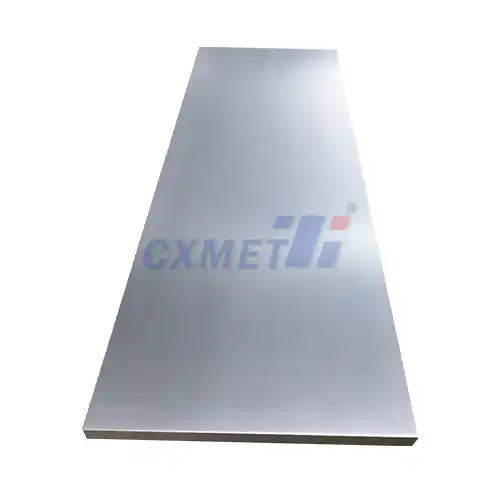
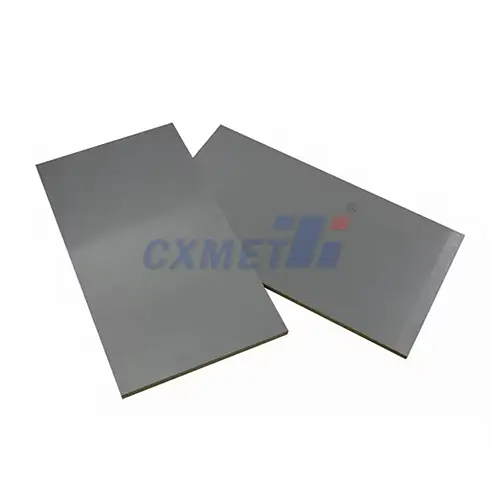
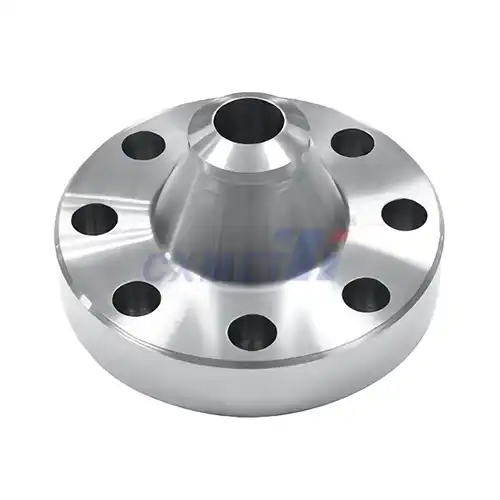
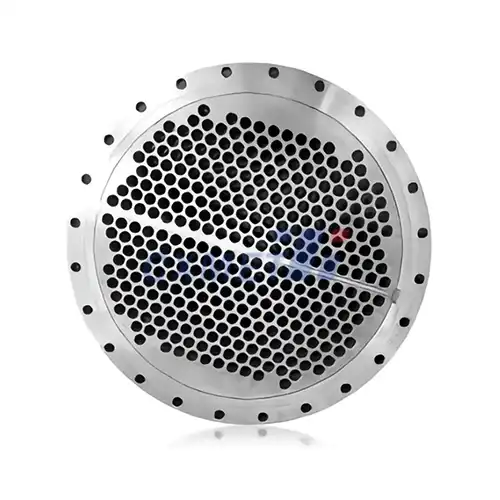
.webp)
